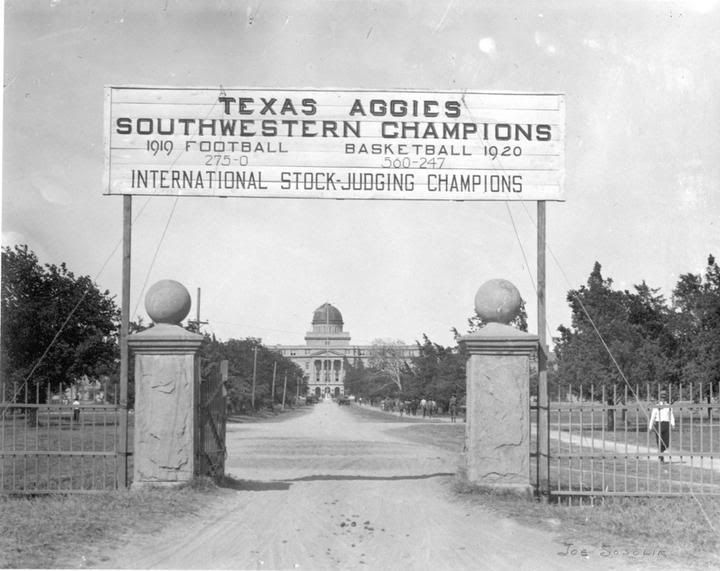quote:
....In the 1890s, the Austrian inventor Carl Auer von Welsbach worked on metal-filament mantles, first with platinum wiring, and then osmium, and produced an operative version in 1898.
In 1897, German physicist and chemist Walther Nernst developed the Nernst lamp, a form of incandescent lamp that used a ceramic globar and did not require enclosure in a vacuum or inert gas. Twice as efficient as carbon filament lamps, Nernst lamps were briefly popular until overtaken by lamps using metal filaments.
In 1903, Willis Whitnew invented a filament that would not blacken the inside of a light bulb. (Some of Edison's experiments to stop this blackening led to the invention of the electronic vacuum tube.) It was a metal-coated carbon filament. In 1906, the General Electric Company was the first to patent a method of making tungsten filaments for use in incandescent light bulbs. The filaments were costly, but by 1910 William David Coolidge (1873–1975) had invented an improved method of making tungsten filaments. The tungsten filament outlasted all other types of filaments and Coolidge made the costs practical.
The City of Bryan first had its electric power generating plant on line in April 1913. I cannot find the date A&M gained electric power. I assume power at A&M would have come from some type of generator.
Other clues as to the date of the photograph above. Notice that the table is marble. The top alone, not counting the weight of the shoes, would be close to 150-200 pounds, plus the weight of the marble base and sides. Buildings at A&M constructed before 1910 had timber joists and wood flooring, not supported by or connected to the masonry sides. I doubt that floor loading factors of those buildings would accomodate that marble table. Also, the three figures appear to be faculty, one military and two civilian. The Academic Building was completed in 1914. The Academic Building was one of the first to boast reinforced concrete in its loadbearing structure (after Sbisa.) My best guess is that the photo was taken in an office in the Academic Building in 1914. (The architect was Frederick Giesecki who had traveled and studied extensively the most modern concepts in building construction ... and I bet he had a generator installed in the Academic Building during construction.)
The shoes on the gentlemen's feet is another clue. Up until the early 1900s military issue shoes were built on a straight "last" and ankle high as they had been in the Civil War. The straight last meant that the shoe soles were straight and would fit on either foot, i.e., what would have been issued to cadets. Faculty and staff would be the ones with custom made (cobbled) shoes as shown above.













